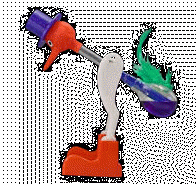|
Static Electricity - Part 2
|
|
|
|
|
|
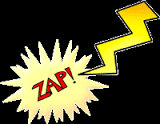
Static Electricity.
It hurts. |
|
• Know that
there are two types of charges –
positive and negative.
• Be able to
state which combinations of charges
will attract, and which will repel.
• Be able to
explain what is meant by positively
charged, negatively charged, and neutral.
|
|
|
|
|
|
|
|
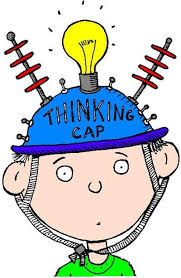
Think hard!
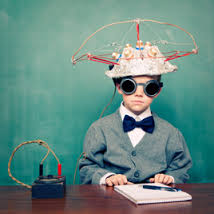
Looking good! |
|
Find someone who knows:
1) What is a
conductor?
2) What is an
insulator?
3) How can we
charge an insulator?
4) Can you explain
how static shocks occur?
Your teacher will tell you which questions to discuss.
|
|
|
|
Task 2 - Two types of charge
|
|
|
|

Hands up!

I know the answer! |
|
There are two types of charges - positive and negative.
Your teacher will show you some demonstrations to illustrate:
• Which combinations of charges
attract.
• Which combinations of charges
repel.
• Which type of charge is light and
easy to transfer.
• What is meant by the terms
positively charged,
negatively charged, and
neutral (uncharged).
|
|
|
|
|
|
|
|
The
simulation below shows how a balloon can
be charged with static electricity.
|
|
|
|
Rub the
balloon on the jumper. What happens? How do the charged
objects affect each other?
|
|
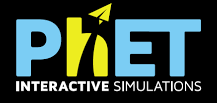
Thanks to
PhET for this awesome
simulation :)

HTML5 technology! Woop Woop!
Browser doesn't support HTML5?

Use the Java version instead! :)
|
|
|
|
a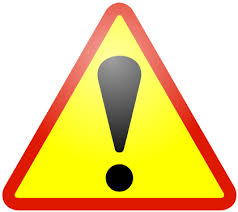
Attention!
Check compatibility. |
|
Note:
The embedded version of this applet
(above) may not work with Internet Explorer. Click the
image below to load the simulation instead or use an
alternative browser.
|
|
|
|
Task 3 - Explaining your ideas
|
|
|
|
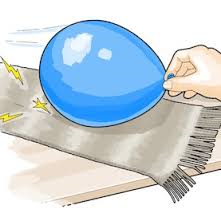
Charge that balloon! |
|
Draw a series of diagrams, showing how a balloon
can become "charged up" by rubbing it on a jumper, and how
the transfer of charges leads to the two objects attracting.
Write a detailed caption by each diagram.
When you have finished,
complete the text below by filling in the missing
words.
|
|
|
|
|
|
|
|
|
1)
The two types of charge are ___________ and __________.
2) __________ charges are much smaller and lighter than
_________ charges.
3) Charges can be transferred between insulators by
_________.
4) If an object has _________ numbers of ________ and
_______ charges it is 'uncharged' or 'neutral'.
5) An object with an ________ of positive charges is
'positively charged', and an object with an excess of
________ charges is negatively ________.
6) Opposite charges __________ and like charges ___________.
|
|
|
|
|
Now
complete the table:
|
Combination of charges |
Attract or repel? |
|
positive and positive |
|
|
negative and negative |
|
|
positive and negative |
|
|
|
These tasks are available
here as a worksheet, in word document format.
|
|
|
|
|
|
4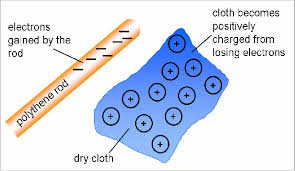
Charged up!
|
|
Charge a polythene rod or balloon, using a cloth. Try
placing your charged rod or balloon near to:
• An
aluminium can.
• A gentle
stream of water.
• Very small
pieces of paper.
• The
wall of the science lab (use a balloon!)
|
|
|
|

Hands up! |
|
How can a charged object
attract a neutral object?
Discuss in pairs
how you think this can happen.
Your teacher
may ask some of you to
share your ideas with the class. |
|
|
|
|
|
|
|
|
|
|
|
|
|
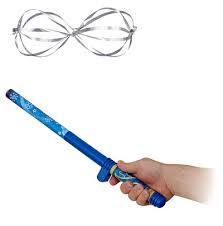
Electrostatic levitation!
|
|
Your teacher will show you how to
use static electricity to make things levitate,
by demonstrating either a Magic Fun Fly Stick
or a
Wanderama.
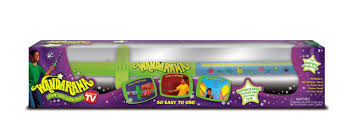 |
|
|
|
|
|
|
|
|
The video below shows you
how to make your own static flyer, using items
from around your home!
How to
make a static flyer :)
|
|
|
|
|
|
|
|
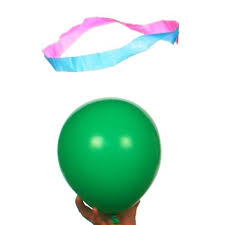
A static flyer in action! |
|
Try
making a static flyer,
by following the instructions in the video*.
Write a
paragraph to explain how the static flyer works, and draw a
diagram to illustrate your ideas.
You could
bring in a picture or video
of your static flyer in action, to show your teacher and
classmates.
Video can be found at
https://www.youtube.com/watch?v=XdA6zgLHPws
The homework
task will be available
here as a word document, at some point...
|
|
|
|
